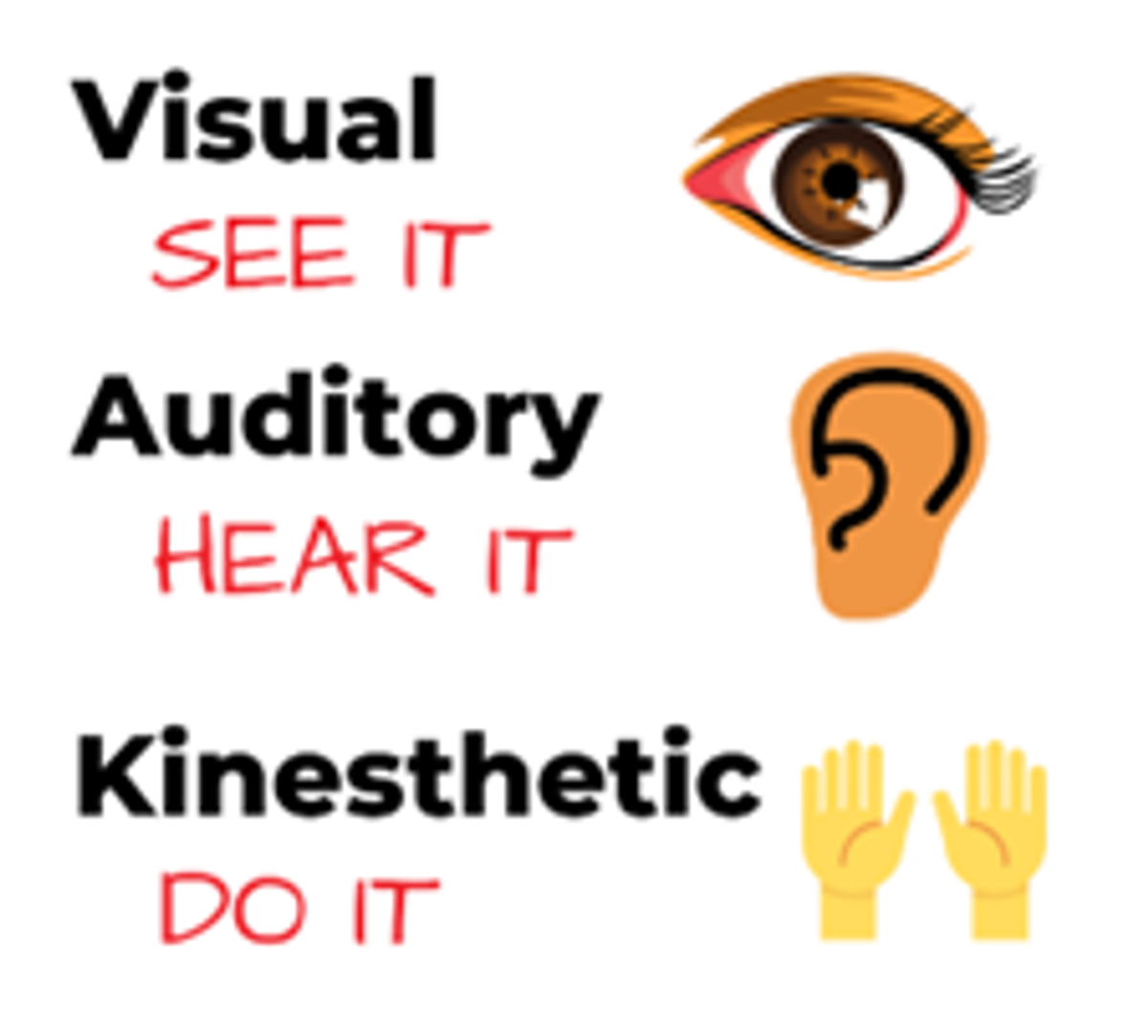Literacy

Unlocking Literacy
The Power of Visual, Auditory, and Kinesthetic Learning in Primary Education
Literacy is the cornerstone of a child’s academic journey, influencing every subject and shaping lifelong skills. In the primary years, children develop at different rates and in different ways.
One-size-fits-all approaches to literacy often fall short. That’s why incorporating visual, auditory, and kinesthetic (VAK) learning styles is vital for engaging students and meeting diverse learning needs.
Visual Learners
Seeing the Words Come to Life
Visual learners thrive when they can see information represented graphically or symbolically. Tools such as story maps, letter charts, flashcards, illustrated books PowerPoint slides and digital media help these students connect written words with meaning.
Highlighting words, or key information in reading passages or incorporating drawing into reading comprehension activities can greatly enhance retention and understanding for visual learners.
Auditory Learners
Hearing the Rhythm of Language
Auditory learners absorb information best through listening and speaking. Reading aloud, engaging in group discussions, using songs or rhymes, and phonics-based instruction are especially effective for this group.
These learners benefit from hearing the flow of language and orthographic mapping words (the process of connecting a word's written form (letters and spelling) to its pronunciation and meaning, ultimately enabling automatic word recognition and fluency). They also benefit from segmenting and blending words, which strengthens both decoding and fluency.
Kinesthetic Learners
Moving to Make Meaning
Kinesthetic learners need movement and hands-on activities to process information. They benefit from using tactile tools like letter tiles, tracing letters and words, using large body movements, using their hand to segment words or participating in literacy games that involve physical action. Movement helps anchor learning in muscle memory, making abstract concepts more concrete.
Why Multisensory Literacy Matters
Most children do not fit neatly into a single learning style. Multisensory approaches that blend visual, auditory, and kinesthetic elements are not only inclusive—they’re more effective. When students see, hear, and physically engage with language, they build stronger neural connections and develop deeper literacy skills.
As educators and parents, recognizing and supporting different learning styles allows us to nurture confident, capable readers and writers. By embracing the VAK approach, we set the foundation for a lifetime of learning and a love of language.

